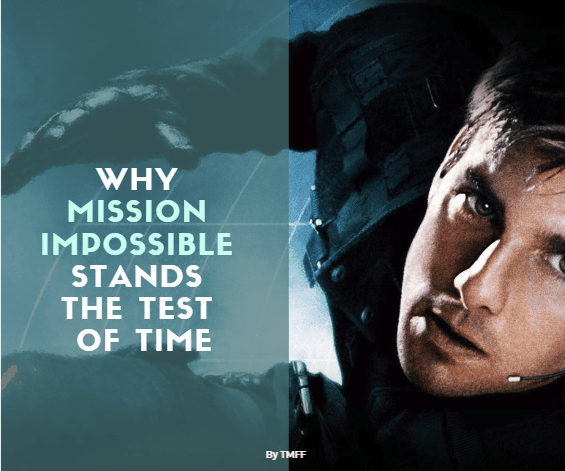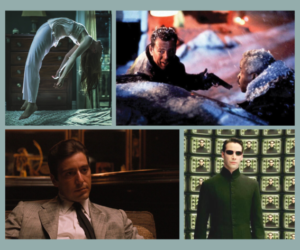Do action films really need to be part of franchises to do well? Yes and no, with the balance leaning toward the latter. While it might help to have an identifiable hero that does each new installment’s marketing in a flash, action films are generally easy to get into and do not require overly-complicated premises until bullets start flying and evil masterminds try to take over the world. They can do well enough on their own, as independent pieces which audiences enjoy but secretly hope that they don’t spawn 27 sequels within 28 years based on initial success.
Arguably the three biggest and most renowned action franchises of all time are the James Bond films, the Die Hard series and the Mission: Impossible series. For the first, it’s quite a different story, as new material has been in constant supply for more than half a century, but by once in a while rotating the lead actor and the direction of the series. Bruce Willis is no less the action hero than he was back in the ’80s, but unfortunately the franchise that made him famous worldwide has been on a downward slope for a while, and a miracle might be needed to bring it back to its glory days. This leaves us with Mission: Impossible, conveniently a mere couple of days after the release of the sixth entry in the franchise, Fallout.
Fallout
Fallout might hold the best Rotten Tomatoes rating (97%) and the best Metacritic one (86) of the entire series, and it might have set a new record with regard to opening weekend box office revenue, but make no mistake, no Mission: Impossible has ever been badly received. The second one might not have warranted universal adoration, but it was by no means slated by critics, and it did better at the box office than both of its immediate neighbours, one and three. So far, making a bad Mission: Impossible has turned out to be an impossible mission. But why is that?
First of all, the franchise always opted to maintain its own identity, and to evolve it independently of what was happening elsewhere in the market at any given time. If Tom Cruise had learned anything in the mid 90s, it would have been that muscled protagonists and big guns were in fashion, and should have crafted his first Mission: Impossible films along the lines of figures such as Arnold Schwarzenegger or Sylvester Stallone. Thankfully, he didn’t, and we got quite a different offering from the average 90s action flick, involving a smart and thoughtful protagonist rater than a macho one that prefers to shoot first and ask questions later.
Now, has this recipe since turned into an unoriginal, highly commercial one? Sure. But Mission: Impossible entries always changed key variables in their equations. The original film has a very Brian de Palma vibe, which is rather shocking, given the fact that it was directed by… Brian de Palma. John Woo heavily imprinted his adrenaline filled, action-heavy take on films on the second entry, while JJ Abrams almost transformed the third film into a refined love story. It’s been constantly evolving, and the fact that for the first time in the series, Fallout featured a returning director rather than an original one, did not change that one bit.
Tom Cruise
And lastly, it all comes down to Tom Cruise. While each Bond actor brings his own personal style for a few films, until he’s replaced, and while Bruce Willis does have some say in how the next Die Hard is going to look like, Tom Cruise has produced each and every one of the Mission: Impossible films. Staying true to what’s important for a franchise, instead of going for what’s trendy and can tap into the highest money-grabbing potential, has been at the heart of the series’ success. Cruise also does his own stunts, which means that even if he happens to break his ankle while shooting a scene, the take will stay in the final version of the film – it happened in Fallout. And while this speaks more about his dedication rather than the quality of the film, it also shows that how things are done still matters, in a time where most blockbusters’ success is directly proportional with the amount of CGI used. Mission: Impossible always offers a breath of fresh air, compared to both its competition and its own past iterations, and that is the mark of a successful franchise. Go watch Fallout now, and see for yourself!
















